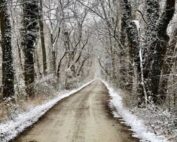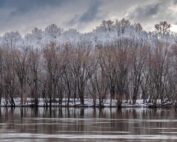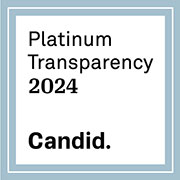SUZANNE E. HILLER
EXECUTIVE DIRECTOR
BLUE SWALLOW FARM FOUNDATION
A growing trend in the field of science is for members of the general public and K-12 students to engage in citizen science activities. When individuals participate in professional research studies as data collectors or contributors to other aspects of the research process, these volunteers are known as citizen scientists. By recruiting members of the public to engage in citizen science (CS), professional researchers are able to collect data on widespread spatial and temporal factors, particularly with technological advances in online databases, apps and probes. For instance, scuba divers who work in the tourist industry have been recruited to collect data to monitor the health of the Australian coral reef during their lunch breaks with preset protocol conditions in a program known as Reef Check Australia (Bauer-Civiello et al., 2018).
In 2009, Bonney and colleagues outlined three types of citizen science programs, which include contributory, collaborative, and co-created. Contributory citizen science (CS) is when volunteers help in the data collection process. For example, children in the United Kingdom participated in a survey of lady beetles as a form of contributory CS (Gardiner, 2012). In collaborative programs, professional scientists recognize that individuals familiar with a particular region may have unique insights into the research process. While not as common, school-aged students have been engaged in co-created research, where learners are part of the research process from design to finding dissemination (Grasser et al., 2016; Rushton & Parker, 2019). A fourth type of CS program that is emerging in formal schools is known as student-directed CS. In this case, students engage in one of the first three types, and then create their own CS program (Hiller, 2023).
Educators are embedding CS programs within school curriculum as findings show that students benefit in terms of environmental attitudes/behavior, STEM interest and identity formation, and achievement1. Regardless of the type of CS program, for researchers interested in studying the impact on STEM career motivation, there are three essential elements within the CS program design which are instrumental to study how this type of activity encourages STEM careers. Fortunately, these components are interrelated and characteristics of well-designed CS programs: (1) protocol training, (2) scientific observation skills, and (3) mentorship.
In order to establish data collection procedures that are rigorous enough to be part of professional studies, scientists design clear cut protocol training. While citizen scientists engage in the process of collecting data, they will utilize scientific observation skills, a subtle process which requires training from experienced individuals. For this reason, it is particularly effective to have scientists/naturalists work with students as they learn to engage in CS research (Hiller & Kitsantas, 2022), and is an influential factor in studies of STEM career motivation. T.
An example of a recent study that included these elements in the basic framework was by Keleman-Finan et al. (2018) through the use of a CS program entitled, Nature in Your Backyard—Citizen Science for Schools(OEAD, 2014-2016). In this study, students ages 8-19 worked with teachers, scientists, and naturalists to participate in biodiversity modules. In this case, the students utilized their scientific observations skills with preset procedures and with support of expert adults. These foundational elements were useful in assessing the impact of this type of CS program on student interest, self-efficacy, and environmental attitudes/behavior.
The combination of protocol training, science process skills, and mentoring/modeling are relevant to studies on CS programs and STEM career motivation for a variety of reasons. Researchers can use this approach to measure differences based on gender, socio-economic status, resiliency, and interest levels, as some examples.
1 These research studies focus on the impact of citizen science programs (Hiller & Kitsantas, 2014; Jeanpierre et al., 2013; Keleman-Finan et al., 2018; Pitt et al., 2021; Wallace & Bodzin, 2017; Weigelhofer et al., 2018; Williams et al., 2021)
Share
LATEST RESOURCES
Connecting Students to Nature in the Winter
Winter Wonderland Nature Activities Calendar: Download Activity Calendar
Connecting […]
Connecting Students with Nature through a Monthly Outdoor Experience and Self-Regulatory Processes
For the Record-Monthly Outdoor Experience Activity:
Download Activity […]
Using Math and Photography to Take Great Outdoor Photos
Samantha S. Marshall
Studio 151 Photography
Taking great outdoor photos involves […]






